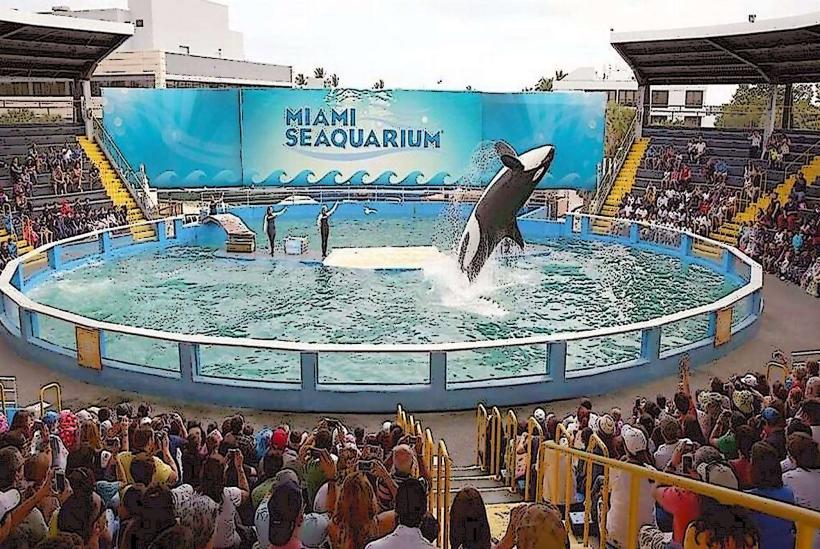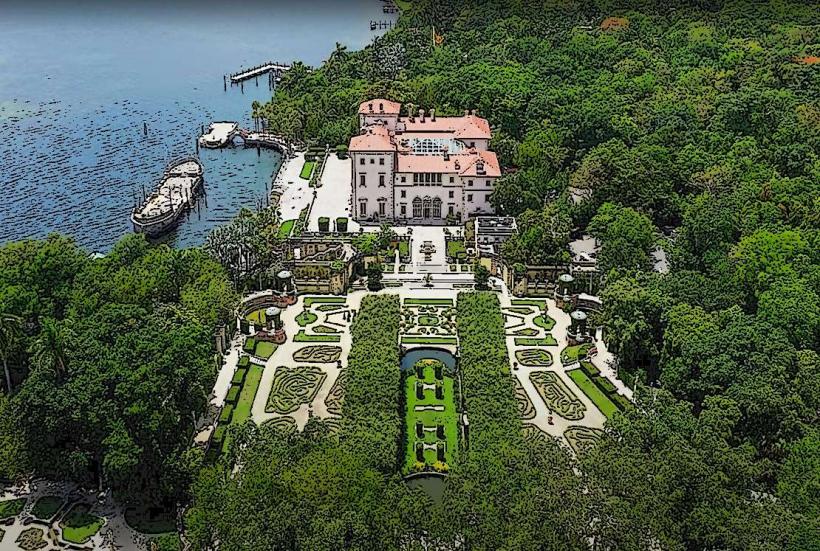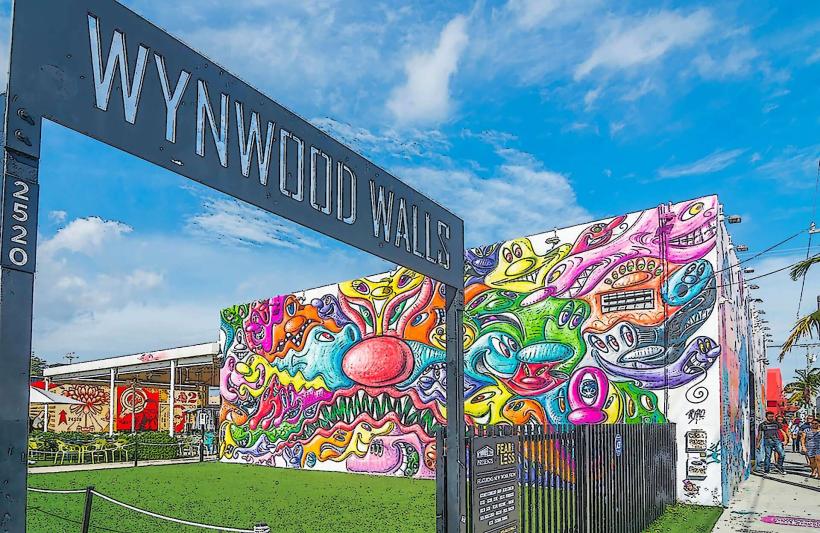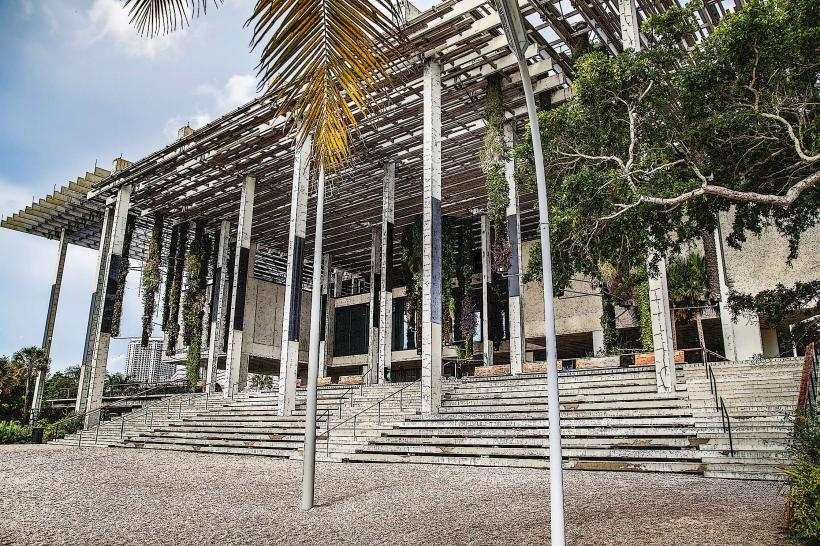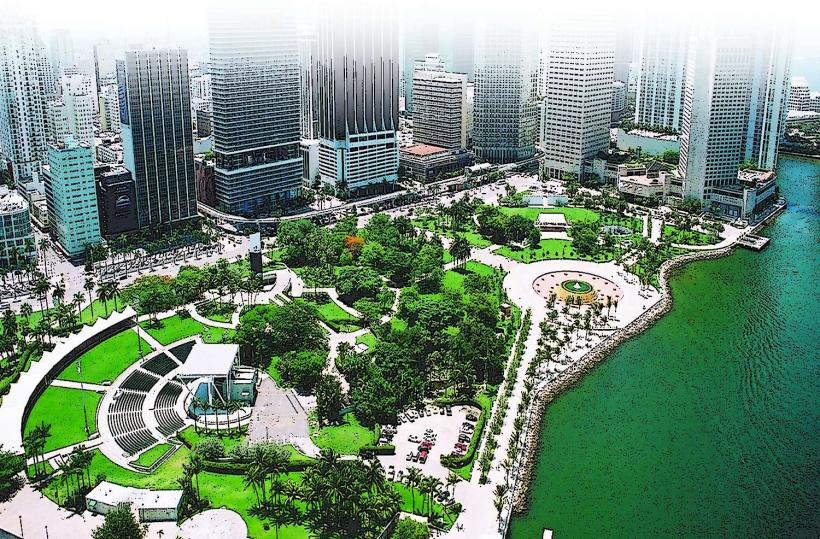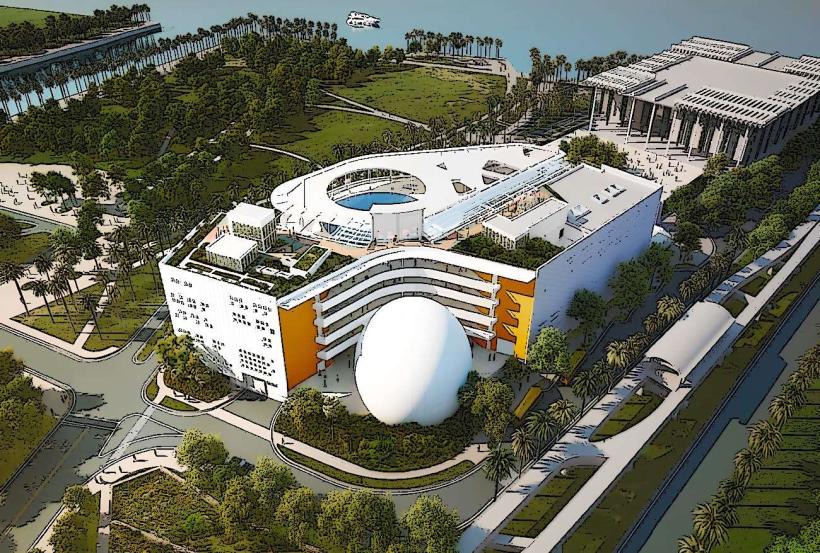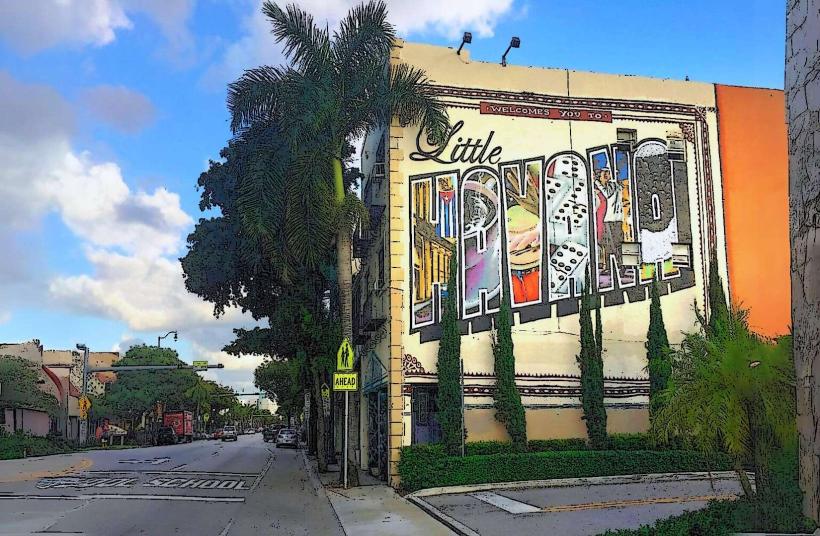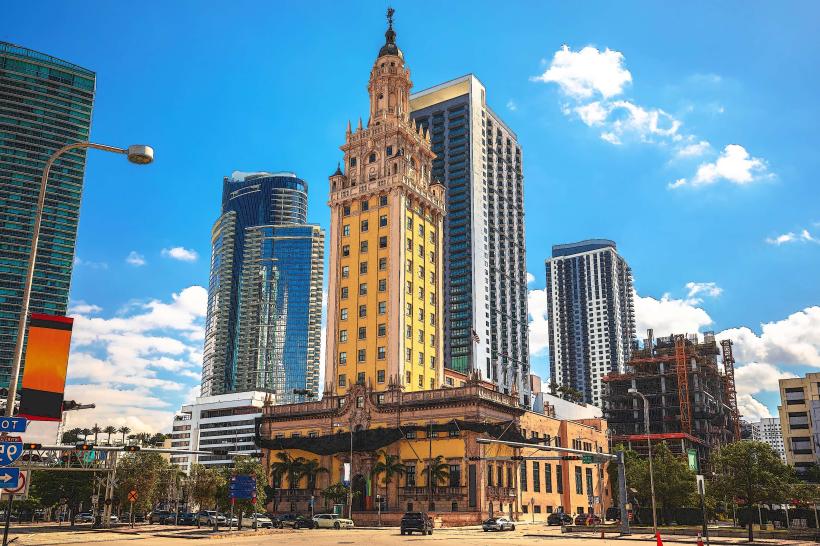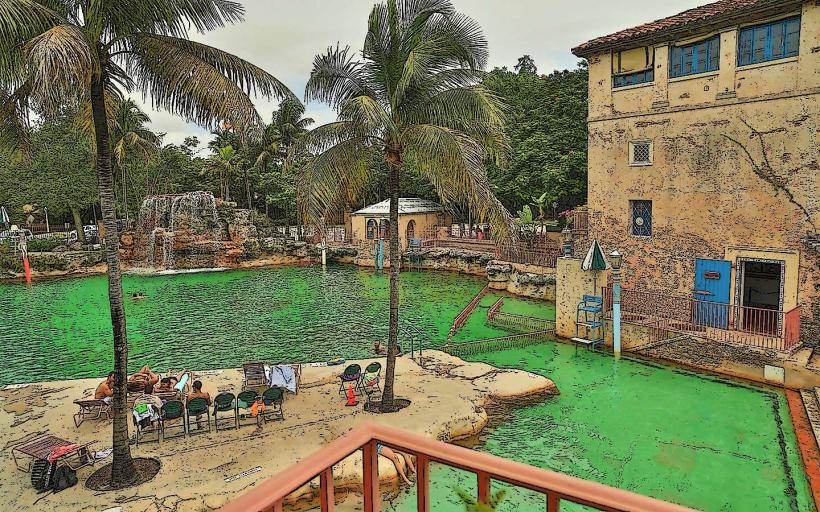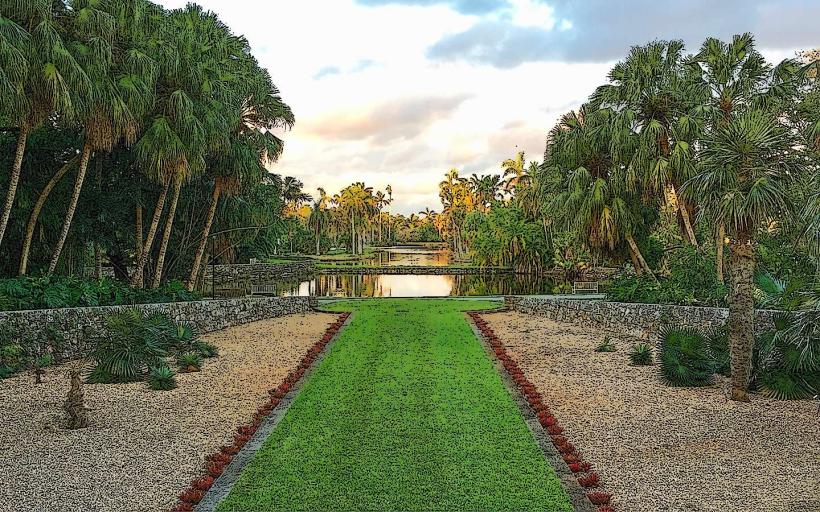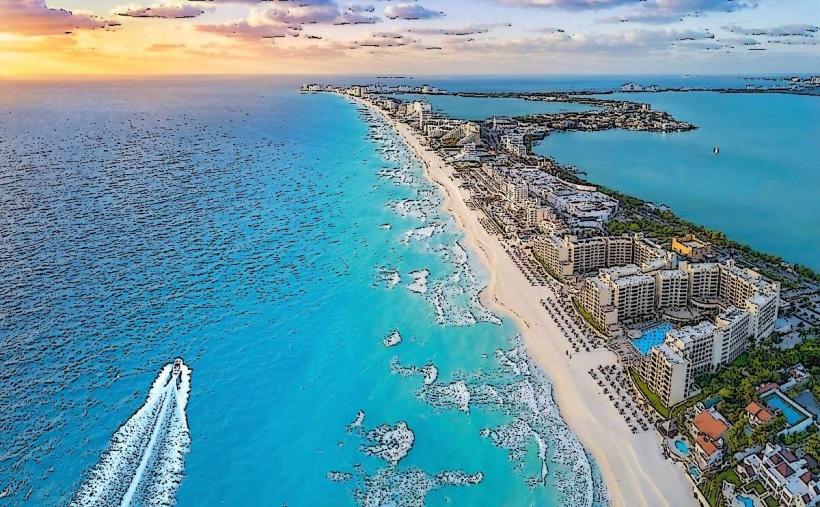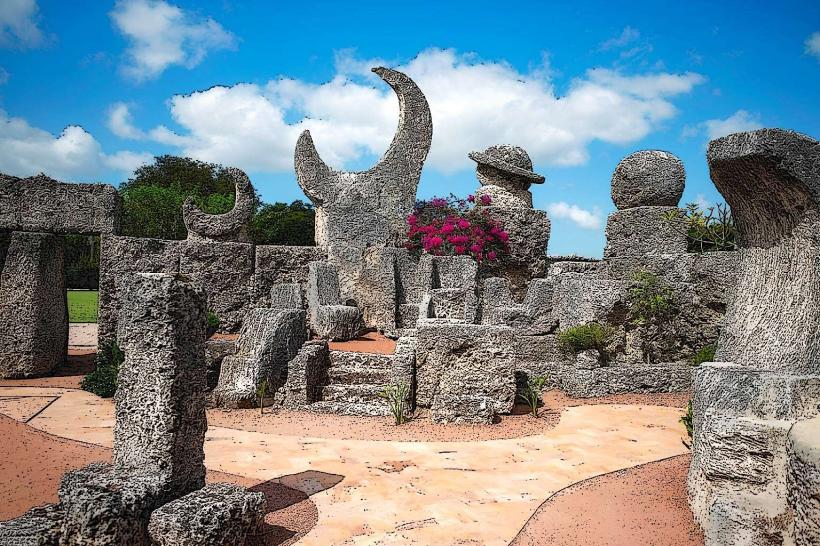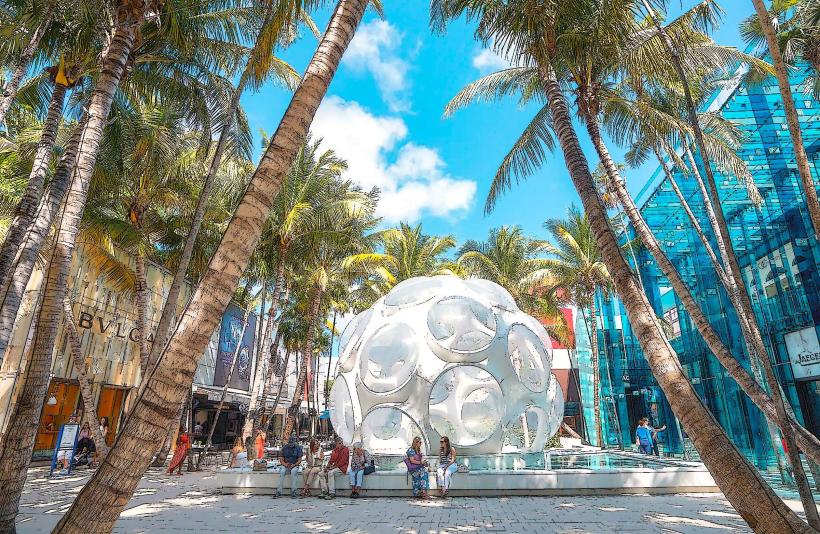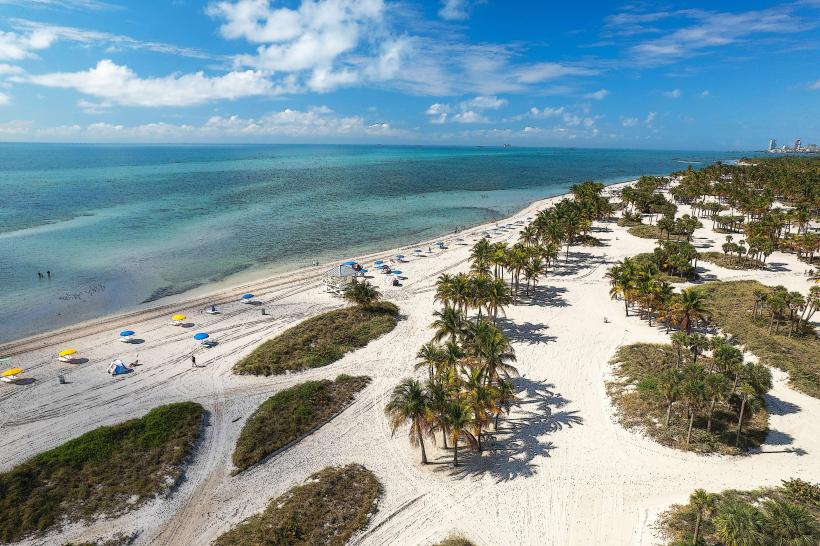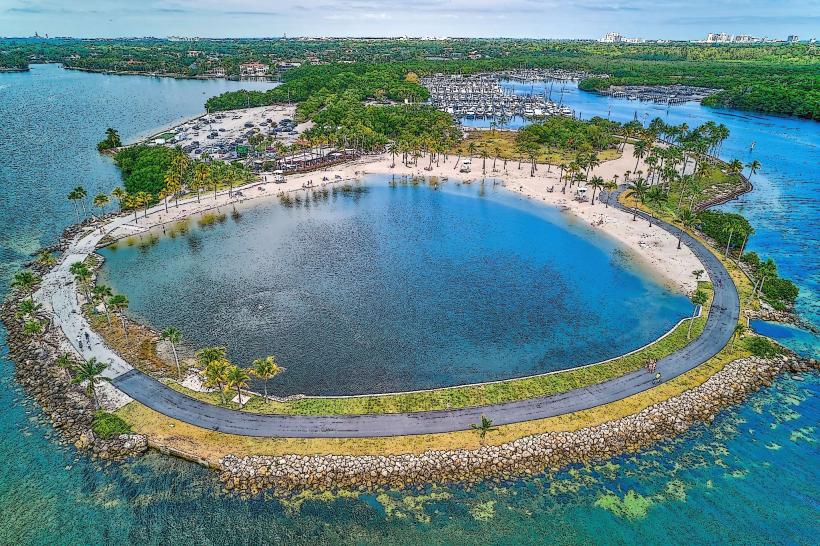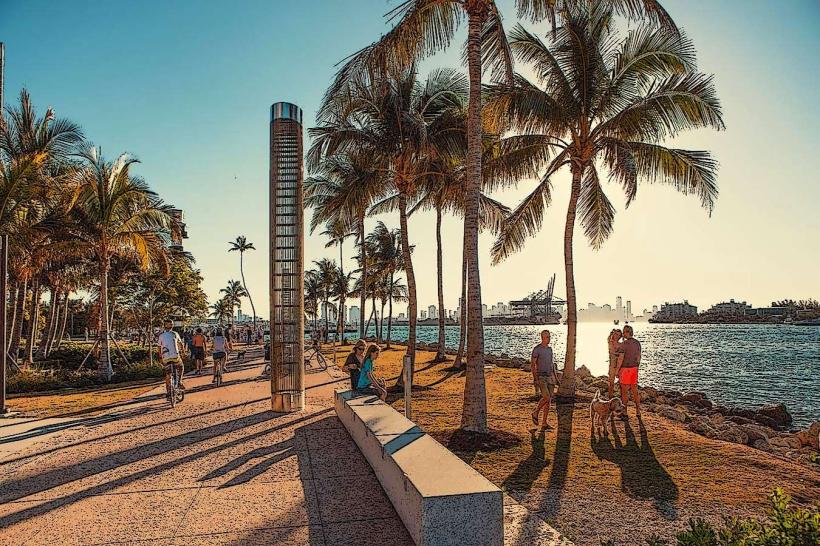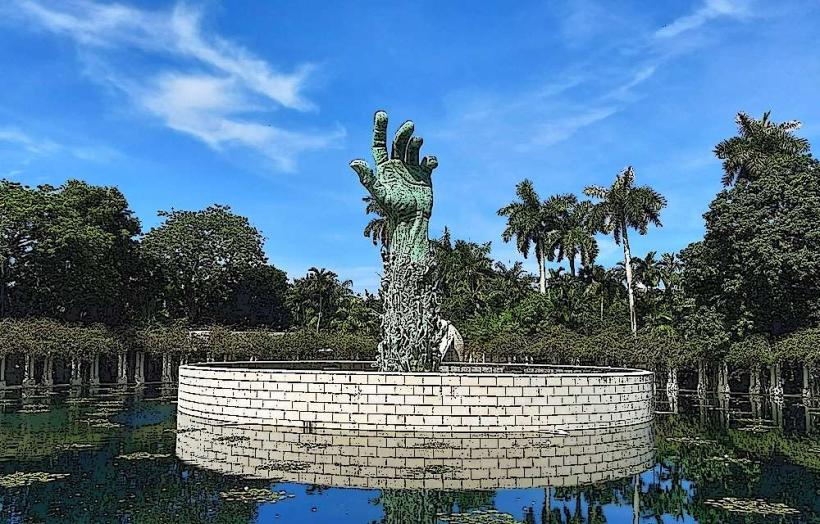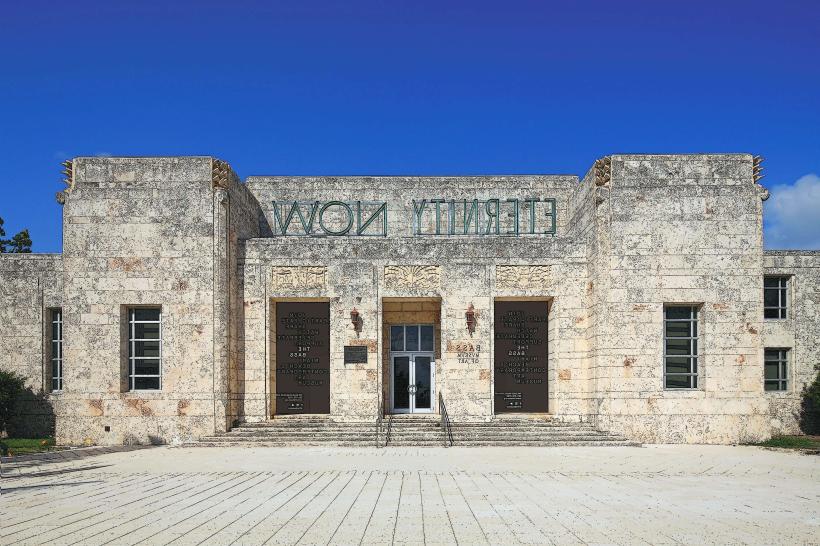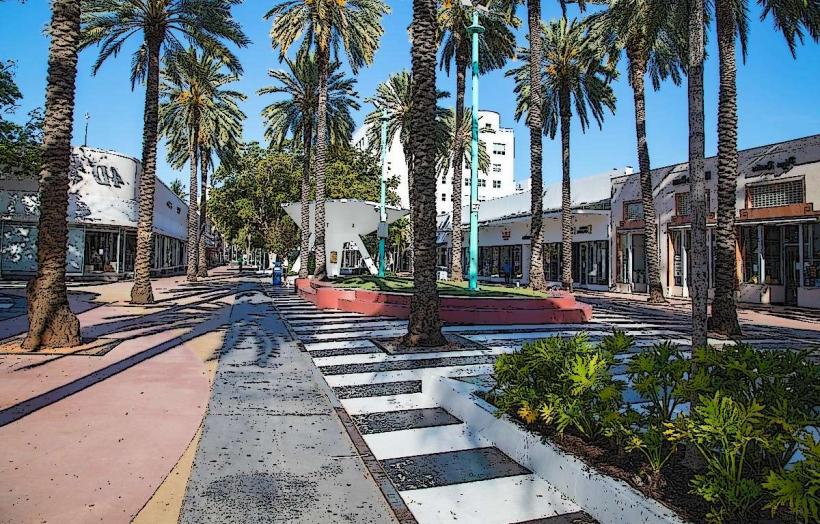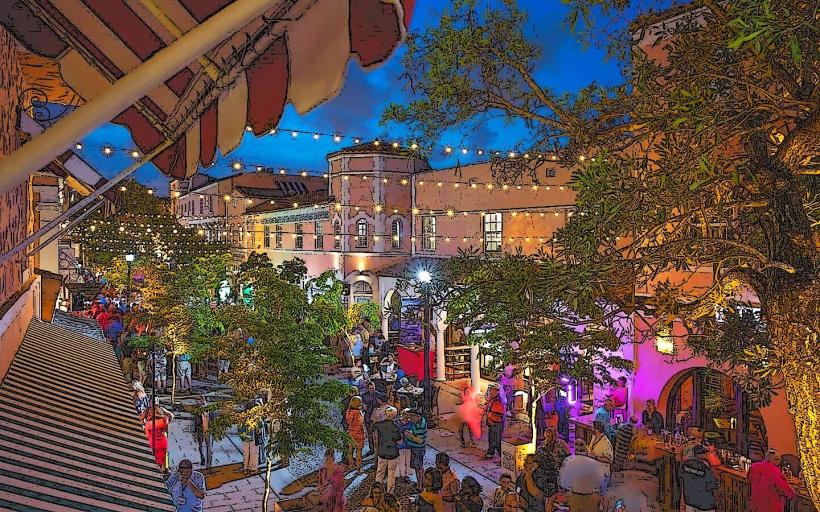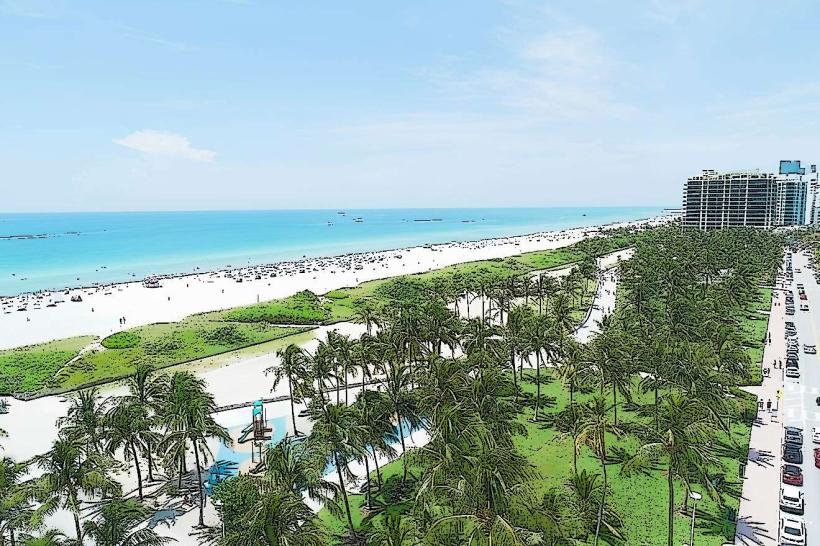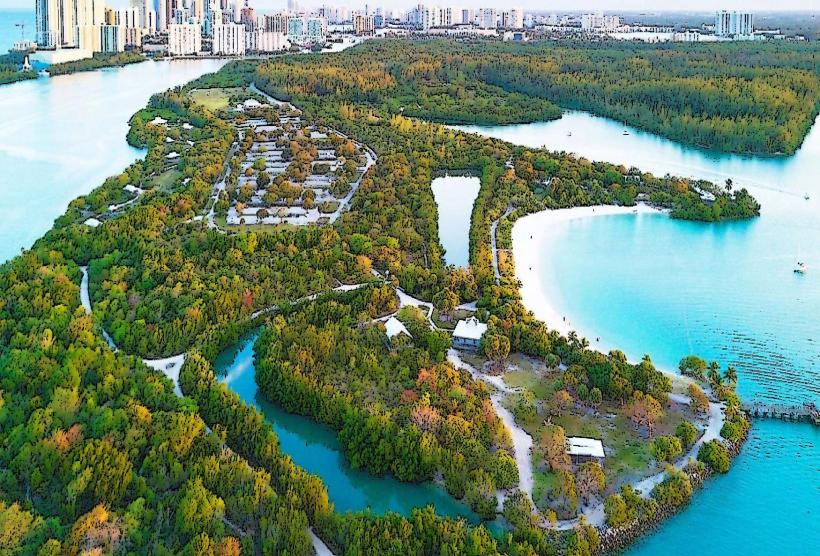Information
Landmark: Deering EstateCity: Miami
Country: USA Florida
Continent: North America
Deering Estate, Miami, USA Florida, North America
The Deering Estate is a historic and ecological treasure located in Palmetto Bay, just south of downtown Miami. It spans over 450 acres of preserved natural and archaeological landscapes along the edge of Biscayne Bay. The estate was the former winter home of Charles Deering, an industrialist, philanthropist, and art collector, and it is now a cultural and environmental hub that blends history, architecture, art, and conservation.
Here is a detailed overview of the Deering Estate:
1. Historical Background
Charles Deering (1852–1927) was the first chairman of International Harvester and an avid art collector.
He purchased the property in 1913 and built a winter estate that included:
A Mediterranean Revival-style Stone House
A wooden Richmond Cottage (a former inn dating to 1900)
Extensive formal gardens and support buildings
Deering was passionate about environmental preservation and insisted on keeping much of the land in its natural state, which contributed to the estate becoming one of Miami-Dade County’s most important preserved green spaces.
2. Architectural Features
The Stone House (1922)
Built of poured concrete and limestone, with 18-inch-thick walls to protect Deering’s valuable art collection.
Features:
Vault room with a steel door for art storage
Interior courtyard with a central fountain
Period furnishings, stained-glass windows, and hand-painted ceilings
Richmond Cottage
Originally an inn built in 1900, moved to its current location in 1901
Transformed into the family’s living quarters
Preserves a glimpse of early 20th-century pioneer life in South Florida
3. Natural Environment and Ecosystems
The estate encompasses one of the largest undeveloped coastal areas in Miami-Dade and includes a rich diversity of native ecosystems:
Pine Rocklands – one of the most endangered ecosystems in Florida
Mangrove forests – protecting shorelines and wildlife
Coastal tropical hardwood hammocks
Salt marshes and seagrass beds
Over 200 species of birds, butterflies, and rare native plants can be found here, along with manatees and marine life along the bayfront.
4. Archaeological and Paleontological Sites
Deering Estate is home to some of South Florida’s most significant prehistoric sites:
Cutler Fossil Site: Contains human and animal remains over 10,000 years old, offering evidence of Paleo-Indian presence.
Tequesta Burial Mound: A sacred Native American site attributed to the Tequesta people, who lived in the region thousands of years ago.
Shell middens and prehistoric artifacts are still being studied and occasionally uncovered.
The estate serves as an active site for archaeological research and education.
5. Cultural and Educational Programs
Deering Estate functions as a major center for the arts and sciences:
Artist-in-Residence programs: Visual and performing artists live and work on-site
Workshops, lectures, and tours focused on art, history, ecology, and preservation
Environmental science programs for schools and universities
Cultural events, including concerts, plays, and poetry readings
Photography and painting classes, often with the estate as the subject
6. Events and Special Programs
The estate hosts many community and seasonal events:
Moonlight Canoe Tours and Bay Cruises
Ghost tours (with tales of paranormal activity)
Holiday events with lights, historic decorations, and family activities
Vintage Auto Show, Food & Wine Festival, and art festivals
Deering Seafood Festival – one of the estate's most popular annual events, featuring fresh seafood, music, and entertainment
7. Visitor Experience and Amenities
Hours: Open daily from 10:00 AM to 5:00 PM (closed on Thanksgiving and Christmas)
Tours: Available daily, including guided history and nature walks
Facilities: Visitor center, gift shop, picnic areas, hiking trails, boardwalks, and observation points
Admission: Ticketed entry with discounts for children, seniors, and Miami-Dade residents
Kayak and canoe rentals are also available for exploring Biscayne Bay’s coastal waterways from the estate’s private launch area.
8. Conservation and Protection
Now owned and managed by Miami-Dade County Parks and listed on the National Register of Historic Places, the estate is carefully preserved for its:
Historic structures
Ecological value
Educational importance
It also plays a role in climate resilience and coastal protection as part of the county’s broader environmental management efforts.
Conclusion
The Deering Estate is a unique blend of history, art, science, and natural beauty. It’s one of the few places in South Florida where visitors can experience untouched native ecosystems, centuries of human history, and rich cultural programming all in one location. Whether you're interested in early Florida archaeology, quiet bayfront trails, or Mediterranean architecture, the Deering Estate offers a peaceful and enriching retreat from urban Miami.

